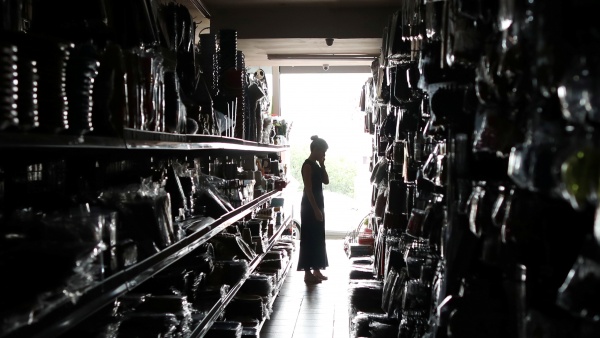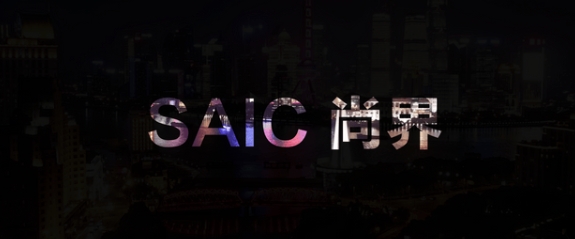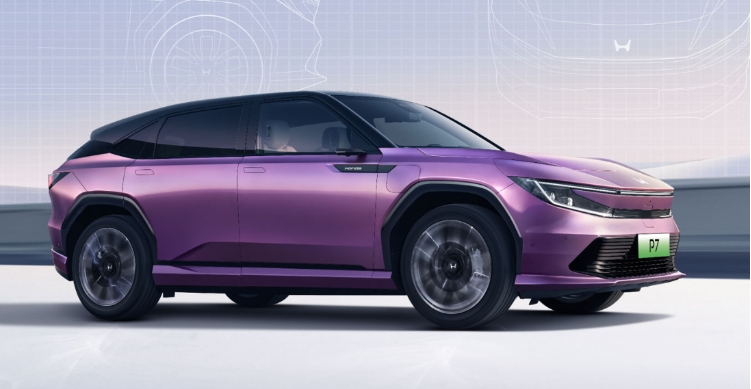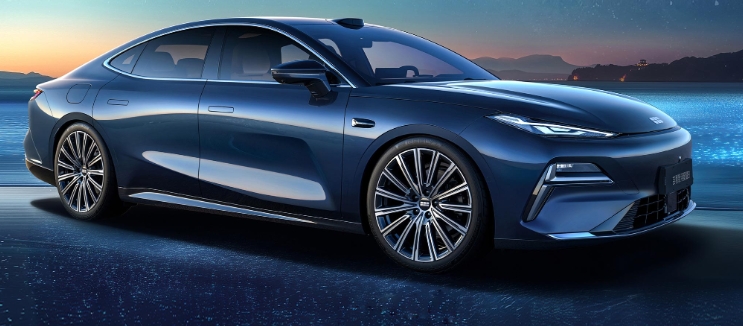 This is a guest post by Benjamin Silliman, research associate for Energy Security and Climate Change at the Council on Foreign Relations and Payce Madden, researcher in African development.
This is a guest post by Benjamin Silliman, research associate for Energy Security and Climate Change at the Council on Foreign Relations and Payce Madden, researcher in African development.
South Africa’s 2019 elections are over and the ruling African National Congress (ANC) kept its majority, but by its smallest margins yet. Political graft and mismanagement of state-owned enterprises like Eskom, the indebted utility which supplies over 90 percent of South Africa’s power, is likely behind some voters’ disillusionment with the ANC. In the months before the elections, major blackouts were rolling across the country leading to an estimated loss of 1.1 percent of economic growth for the year. Although Eskom was eventually able to stem the blackouts before Election Day, underlying technical, financial, and management problems will continue to plague the governing ANC party as it struggles to show South Africans that it can sustain economic growth.
At the root of Eskom’s recent service problems are technical faults in South Africa’s Kusile and Medupi power stations, which led to the loss of nearly 17,000 megawatts (MW) of generation capacity. At the same time, electricity imports from Mozambique were stopped by Cyclone Idai, creating another loss of 1,100 MW of electricity that Eskom relies on to power its grid. These faults forced Eskom to begin load-shedding — the deliberate interruption of electricity supply — to prevent putting more demand on the grid than it could supply. At the height of the crisis, South Africans had their power interrupted twelve times in a four-day period for two hours at a time affecting commercial, industrial, and residential entities. To manage blackouts, many South African businesses and individuals have backup diesel generators. However, due to Cyclone Idai’s disruption to diesel imports, the cost of using diesel generation rose as a result of the fuel shortage and higher demand. Even without disruptions, diesel generators are rarely an efficient solution to supply electricity: in many African countries where backup generators are used to supplement or support unreliable electricity grids, the cost of electricity can be up to three times higher than it would be if the grid were reliable due to individual fuel and maintenance costs for the generator.
A severe lack of financing options for Eskom has many worried that the Kusile and Medupi power plants could be offline for more than a year. The government, looking for quick options to resolve the crisis, has suggested it will restructure the utility by breaking it into three separate entities. However, this solution would do little to manage Eskom’s massive debt of nearly thirty billion dollars, which is continuing to increase as the utility undertakes repairs on the down power plants. Restructuring also does little to address some of the most basic issues facing the county’s electric system: severe lack of financing, poor planning, and negligent maintenance of central generating units.
For a growing nation, access to a reliable power supply is essential. According to the International Energy Agency (IEA), South Africa’s electricity generation grew by 51 percent between 1990 and 2016. 82 percent of this growth came from centralized coal power plants, while nuclear power accounted for 8 percent of the growth, wind energy 4 percent, and solar photovoltaic energy only 3 percent. In total, wind and solar power only account for 2.5 percent of South Africa’s electricity sources. Increasing electricity generation will be vital for South Africa’s continued economic growth and development. Already, South Africa has the highest electricity consumption per capita of any African country, and demand is likely to increase: although population growth is only slightly above the world average, South Africa, like much of the continent, is rapidly urbanizing. Johannesburg alone is projected to host more than ten million inhabitants by 2030.
South Africa’s reliance on coal power to fuel its electricity capacity growth is problematic since the country faces poor financing options for large capital to build centralized power plants. Investment from development banks, including the African Development Bank’s New Deal on Energy in Africa, remains insufficient to meet energy financing needs. While financing for electric power has risen globally, investment in sub-Saharan Africa’s electrification decreased from 2013-2014 to 2015-2016. About a quarter of global investment in 2015 and 2016, or eight billion dollars per year, was for grid-connected fossil fuel plants, with China providing a fifth of this fossil fuel expansion financing. In South Africa, China has previously provided loans to Eskom to finish construction of the Kusile power plant. The exact terms of these loans have been kept secret, but the additional debt burden could have major implications for South Africa, which is already at risk of reaching a threshold level of debt-to-GDP. Despite these risks, Chinese lending remains an attractive — and, in some cases, the only — option to fill the financing gaps left by development banks and other major lenders.
Distributed energy sources could offer South Africa a distinct advantage when building up their generation capacity, as they do not require single large loans, but rather an aggregation of smaller sources of capital, many of which may already exist around the country. Eskom currently supports interconnection, with energy export credits for high-voltage industrial power consumers. By owning their own generation capacity, industrial consumers would not only not only reduce the risk of loss of production due to power failure, but may also reduce their normal energy expenses by providing power to the grid when the plant is not operating at full capacity in exchange for credits. Bringing micro-grids to these power-heavy industries should be top priority for South African policymakers who are looking to better balance the demand for electricity and expand current renewable energy programs.
Eskom currently does not support net metering for lower-voltage residential and commercial markets, reducing the incentive for residences and small businesses to provide their own power. Despite this, rooftop solar has gained some traction in South Africa with the Mall of Africa unveiling its new solar roof, the tenth largest in the world. A primary motivation for the installation was to reduce power demand on South Africa’s central grid system. This move mirrors a trend in developed countries around the world where policymakers are analyzing the potential for buildings to provide some of their own power, and at times even act as power plants. In the United States, power produced from buildings has already been relied upon during hot days when abnormal consumption put excessive demand on the grid. Both California and New York have begun implementing plans for energy-producing buildings, while the EU and Japan have issued goals to promote zero — or close to zero — energy buildings.
Large residential and commercial buildings have one thing in common: they are often well-financed and have the incentive to pursue distributed energy options, especially given the long-term unreliability of South Africa’s energy infrastructure. To motivate more widespread development, South African policymakers should consider pushing Eskom to develop a policy on lower voltage net metering. Reducing demand or even supplying power to the grid could vastly ease the country’s growing pains.
South Africa already has a robust policy model for renewable energy integration for dedicated power producers that it can use as a model for future development. South Africa maintains a target of 17,800 MW of low carbon capacity by 2030. In 2011, South Africa started its major policy initiative to promote low carbon sources, the Renewable Energy Independent Power Producer Procurement Programme (REIPPPP.) The REIPPPP holds competitive auctions for renewable energy sources, capped at certain capacities depending on the source type. Winners of the auction are given a twenty-year power purchase agreement (PPA) with the utility and a feed-in tariff to improve economic competitiveness. According to the World Bank, as of 2014, fourteen billion dollars were already committed to the program. Prices for renewable energy have dropped significantly since the beginning of this program, with solar falling 68 percent and wind falling 42 percent. In the midst of an energy crisis, the government should consider expanding upon this central program to not only offer PPAs to dedicated power producers but also shorter-term contracts with large commercial or industrial entities or real estate developers. To reduce the utility’s massive infrastructure costs, an interconnection fee could be negotiated as part of the PPA. Capacity ceilings for the REIPPPP should also be expanded to more rapidly grow energy capacity and to encourage more companies to become involved.
This solution is not technically easy to implement. Integrating distributed energy systems is a challenge for even robust electric utilities, but software and hardware solutions have become available to ease integration of intermittent, distributed energy sources into the grid. For example, better forecasting systems have allowed utilities to model demand with much more granularity, allowing the utility to better plan around consumer power production, and smart meters can accurately provide detailed two-way electric exchanges between a building and the grid. Battery storage technology to reduce the strain of intermittence has also become much more available, with prices continuing to decline. Given the immense challenge of securing financing to build and repair large central power generation, money spent on grid modernization efforts may be more fruitful.
The greatest challenge, however, may be managing Eskom’s finances. The utility will not benefit from the departure of some of its largest customers as they reduce their dependence on the grid. This could potentially create two dangers: that Eskom could develop revenue problems limiting the growth needed to repay debts, and that many infrastructure, operating, and financing costs could be passed off to those who cannot afford alternate energy sources in the form of higher electricity prices. The process of promoting distributed energy must be well managed by the government to ensure that the electricity system does not break down as heavy consumers reduce their reliance on the grid. South Africa could explore more options for state financial support, with, for example, tiered electricity prices based on consumption to keep electricity costs low for less affluent consumers. They could also explore interconnection service fees where a percentage of energy savings for those off the grid are paid back to the utility for infrastructure costs, as is being tried in the state of New York.
While South Africa will not be able to build sufficient distributed capacity fast enough to avoid the repairs needed for the two offline power plants, it may reduce the need for Eskom to invest in future centralized power plants. Avoiding the construction of more costly central power plants could provide Eskom some relief in the future given the limitations of current financing from development banks and other major lenders and the risks of accruing debt from lenders such as China. Already a leader in renewable energy policy in the continent, South Africa could prove to be an important model for how to integrate distributed energy resources in countries around the world. However, until significant changes are made, many South Africans may continue to stay in the dark.
 This is a guest post by Benjamin Silliman, research associate for Energy Security and Climate Change at the Council on Foreign Relations and Payce Madden, researcher in African development.
This is a guest post by Benjamin Silliman, research associate for Energy Security and Climate Change at the Council on Foreign Relations and Payce Madden, researcher in African development. 






